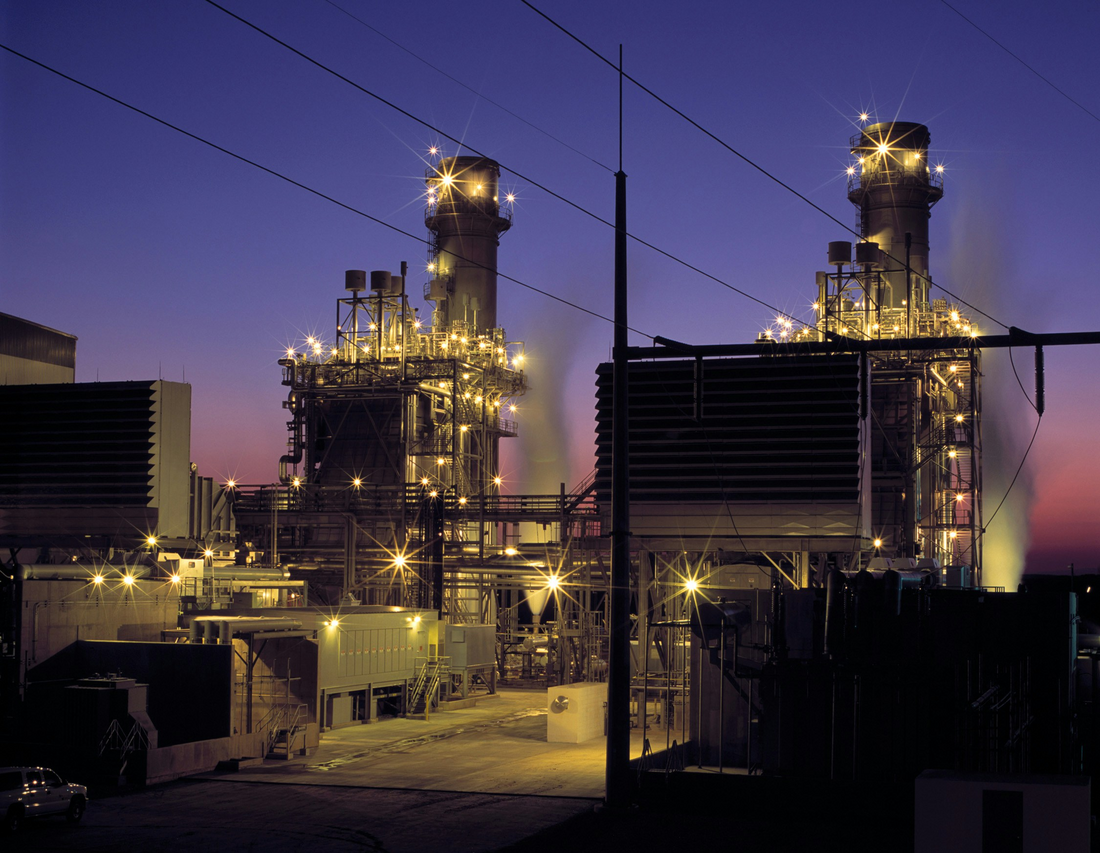An alternative data primer for China’s LNG futures
Lucy Gao, Research Analyst (Shanghai)

Chinese commodity imports are surging despite a weak stock market and disappointing economic growth in 2023. Most notably, liquified natural gas (LNG) imports were 22.5% higher during the first two months of 2024 compared to the same period last year, according to Kpler data. With domestic LNG futures set to be introduced in the near future, investors are looking to alternative datasets to understand this key market. In this report, we present some of the best sources available.
CHINA TO LAUNCH LNG futures
China surpassed Japan to become the world’s largest LNG importer for the first time in 2021. And Shell forecasts that Chinese natural gas demand will increase by roughly two-thirds during the next 15 years. This is partly driven by its target of reaching peak carbon emissions before 2030 and carbon neutrality by 2060, which will see coal increasingly replaced with LNG. As such, LNG is expected to contribute to 12% of China’s primary energy mix, up from 8.7% in 2020. Given this growing reliance on LNG, China is keen to develop its influence on the global natural gas market. It is building significant new storage capacity and the planned introduction of LNG futures will play an important role in developing its trading capabilities. Based on our conversations with energy analysts, data vendors and investors, we understand there is strong market interest in Chinese LNG futures. However, the Chinese government is seemingly waiting for a suitable time with less volatile price fluctuation to launch the new contracts.